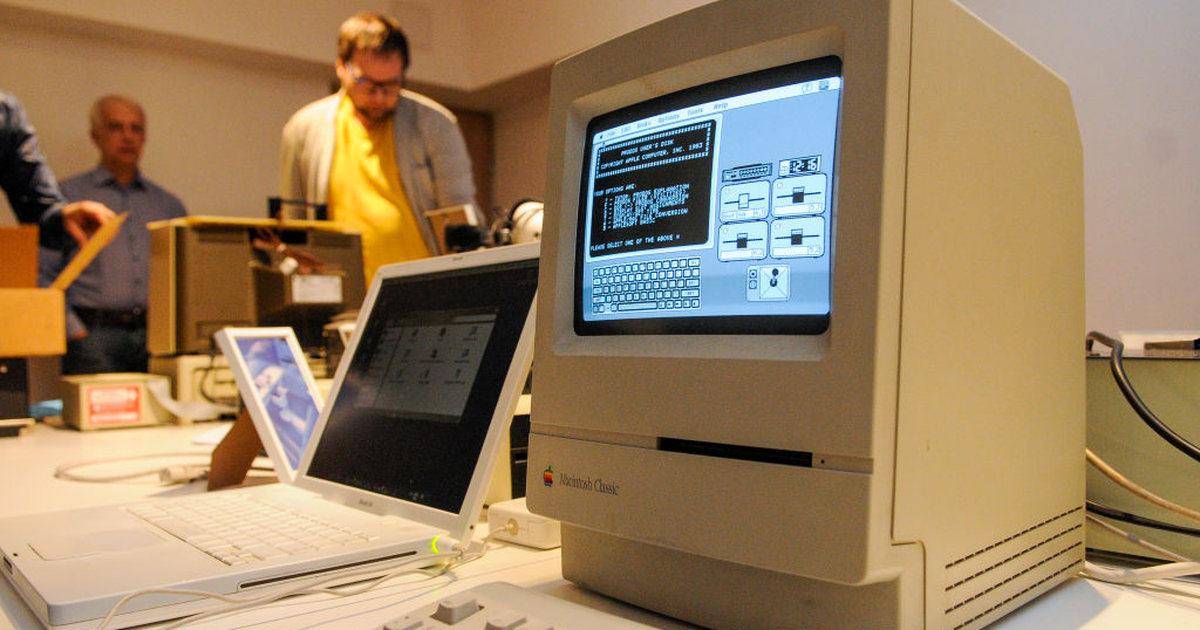
Apple’s Macintosh Classic launched in 1990 as an affordable home computing option. Now, 30 years later, there are photos on Twitter of a purported Classic prototype in a clear case.
I’m no Apple expert. I’ll also be the first to acknowledge that hoaxes are sometimes a Thing on the internet. This may be real, but it may not be real. I just wanted to get that out of the way up front.
It is undeniably cool, though. In a tweet shared by @DongleBookPro there are four images of the machine, taken from different sides and angles. The mostly clear case offers a very good look at the internal makeup of this early Apple machine.
You can clearly see the colorful old Apple logo in the front-facing view, along with text that reads “Made in Singapore” stamped on the inside. The rear view, in addition to showing off an abundance of chonky I/O ports, all features a large, orange sticker.
“This unit complies with DHHS rules for performance standards at date of manufacture,” it reads. “This unit is for development purposes only. Not to be sold in the United States of America.”
Taken together, all of the images give a clear sense of how Apple crammed the different parts into a compact casing that includes both the CRT monitor and computing hardware components.
The Macintosh Classic was released as a budget-friendly option for home computer shoppers, coming in at under $1,000. That would be closer to $2,000 today — so not that budget-friendly — but it’s still notable as Apple’s first computer to sell for less than $1,000.
That price got you a full self-contained desktop-and-monitor combo PC that sported a Motorola 68000 8 MHz CPU, a whopping 1MB of RAM (expandable to 4MB), and a 9-inch monochrome display. I don’t know the math on how many Macintosh Classics it would take to get you to even a first-generation iPhone — which launched with 128 MB of RAM — but it’s surely more than 100!
The machine also included a 1.44-inch “floppy” disc drive, but no built-in hard drive. It’s faster than the Macintosh Plus it replaced, but not by much.
This is nothing more than a cool, little moment of computing hardware geekery for people who love to indulge in such things. We just don’t tend to see ancient hardware like this in our everyday life, and it’s always a fun thought exercise to sit down and marvel at how far we’ve come.
